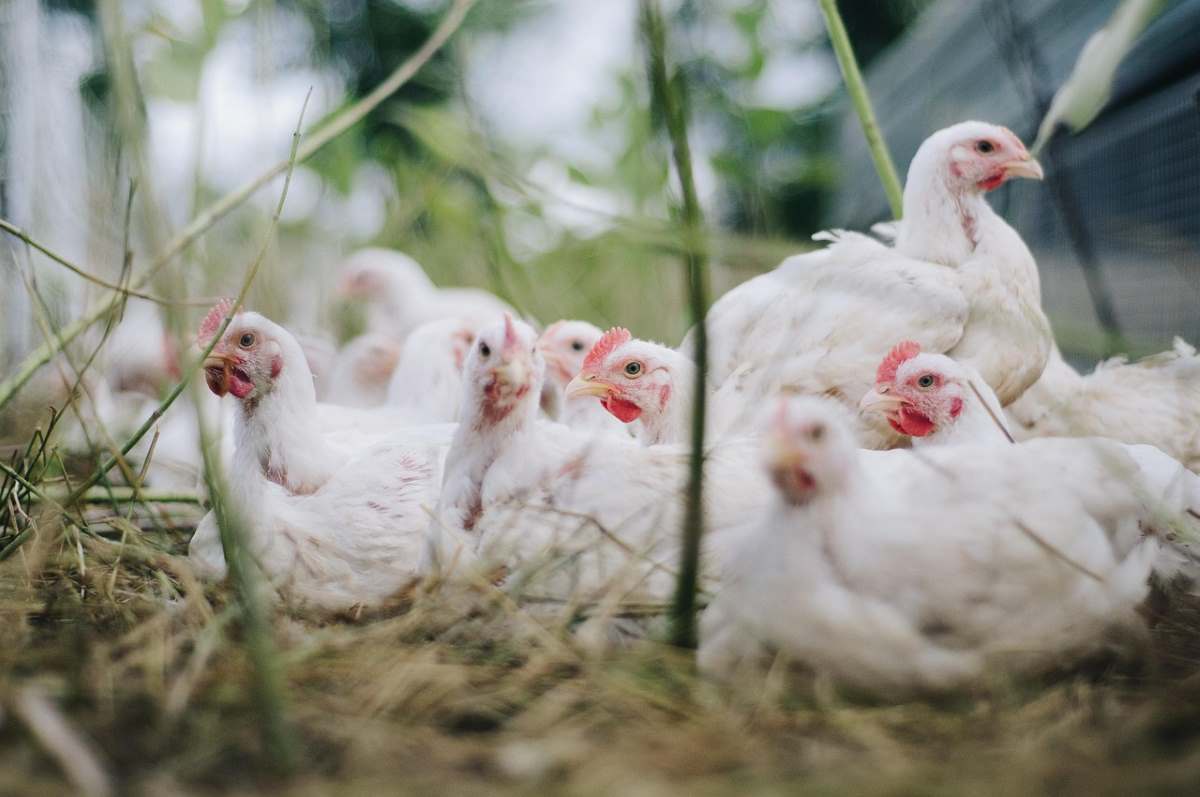Avian Influenza: H5N1 Outbreaks in Mexico and Global Concerns
This article discusses the characteristics and risks of avian influenza, particularly the H5N1 strain. It provides information on recent outbreaks in Mexico and the international community's concerns about the virus's potential to adapt to mammals, including humans.





